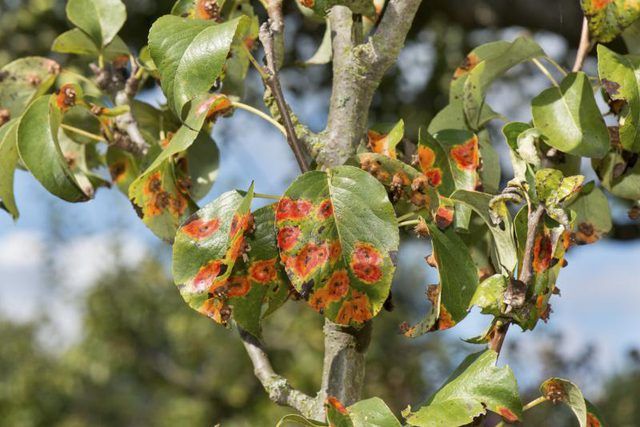Bulbs
Flower Basics
Flower Beds & Specialty Gardens
Flower Garden
Garden Furniture
Garden Gnomes
Garden Seeds
Garden Sheds
Garden Statues
Garden Tools & Supplies
Gardening Basics
Green & Organic
Groundcovers & Vines
Growing Annuals
Growing Basil
Growing Beans
Growing Berries
Growing Blueberries
Growing Cactus
Growing Corn
Growing Cotton
Growing Edibles
Growing Flowers
Growing Garlic
Growing Grapes
Growing Grass
Growing Herbs
Growing Jasmine
Growing Mint
Growing Mushrooms
Orchids
Growing Peanuts
Growing Perennials
Growing Plants
Growing Rosemary
Growing Roses
Growing Strawberries
Growing Sunflowers
Growing Thyme
Growing Tomatoes
Growing Tulips
Growing Vegetables
Herb Basics
Herb Garden
Indoor Growing
Landscaping Basics
Landscaping Patios
Landscaping Plants
Landscaping Shrubs
Landscaping Trees
Landscaping Walks & Pathways
Lawn Basics
Lawn Maintenance
Lawn Mowers
Lawn Ornaments
Lawn Planting
Lawn Tools
Outdoor Growing
Overall Landscape Planning
Pests, Weeds & Problems
Plant Basics
Rock Garden
Rose Garden
Shrubs
Soil
Specialty Gardens
Trees
Vegetable Garden
Yard Maintenance
Puccinia Life Cycle
Puccinia Life Cycle. Puccinia is a genus of fungi that cause a serious plant disease commonly called rust; the genus contains thousands of species, and the various species infect a wide range of host plants. The life cycle of the fungi is complex, typically involving five kinds of spores and two unrelated types of host plants. Because Puccinia...

Puccinia is a genus of fungi that cause a serious plant disease commonly called rust; the genus contains thousands of species, and the various species infect a wide range of host plants. The life cycle of the fungi is complex, typically involving five kinds of spores and two unrelated types of host plants. Because Puccinia spores are extremely mobile and can infect host plants in more than one way, the fungi pose a significant threat to garden plants, turf grasses and crops.
The Beginning
At the start of a Puccinia fungus' life cycle, infectious spores, either urediniospores or aeciospores, infect primary host plants; particular Puccinia species infect hosts within particular plant families and will not infect plants in other families. Near the end of a host plant's growing season, the fungus creates a structure called a telium, which in turn produces another type of spore called a teliospore. Teliospores stay in the host through winter, but in spring, they divide into yet another type of spore called a basidiospore. The basidiospores are dispersed by wind, and they infect an alternate host plant that is unrelated to the primary host.
The Alternate Host
A common alternate host of Puccinia is barberry (Berberis spp.), including Korean barberry (Berberis koreana), a shrub hardy in U.S. Department of Agriculture plant hardiness zones 4 through 7. The Puccinia basidiospores that infect a barberry produce structures called pycnia, which project from the upper surface of the plant's leaves. The pycnia produce a sweet nectar that attracts insects, and in the process of moving on the leaves to drink the nectar, the insects transport a new type of spore, a pycniospore, from one pycnium to another. At this point, cross-fertilization occurs, and a new structure grows through the underside of an affected leaf. This new structure is called an aecium, and it produces aeciospores. The aeciospores are released late in the growing season, and they infect a new grass host, starting the life cycle again.
Reinfection without an Alternate Host
It is possible for a Puccinia fungus to reproduce without the help of an alternate host, and some species of the fungus do not rely on an alternate host at all. In these cases, the aeciospores produce a structure called a uredinium in the primary host plant. The uredinium produces spiny red spores called urediniospores, which emerge from the plant's leaves and stems, causing the visible rust-colored infection from which the disease gets its common name. The urediniospores are able to reinfect the same plant or nearby plants, starting the life cycle over without the intermediate stages in an alternate host.
Widespread Infection
Puccinia spores can travel many miles on wind. So it is possible for primary hosts to contract the infection repeatedly in successive seasons even when no alternate host is in the area. Urediniospores produced during winter in plants in warm climates can travel northward on prevailing winds and infect plants in colder climates in spring. In warm climates, the infection can pass back and forth among plants that are planted in fall and volunteer plants that pop up in summer, creating a continuous cycle throughout the year.
Symptoms and Control
A Puccinia infection is recognizable by the presence of urediniospores in the primary host and pycnia in the alternate host, but during the period in which the teliospores are latent in the primary host, that plant is unlikely to show any symptoms of infection. Removing affected leaves and stems from infected plants can help to control infections, and removing fallen leaves from the area around infected plants will reduce the number of overwintering spores. Avoiding planting alternate host plants or other plants in the fungus' primary host target family nearby can help to break the cycle of repeated reinfections.